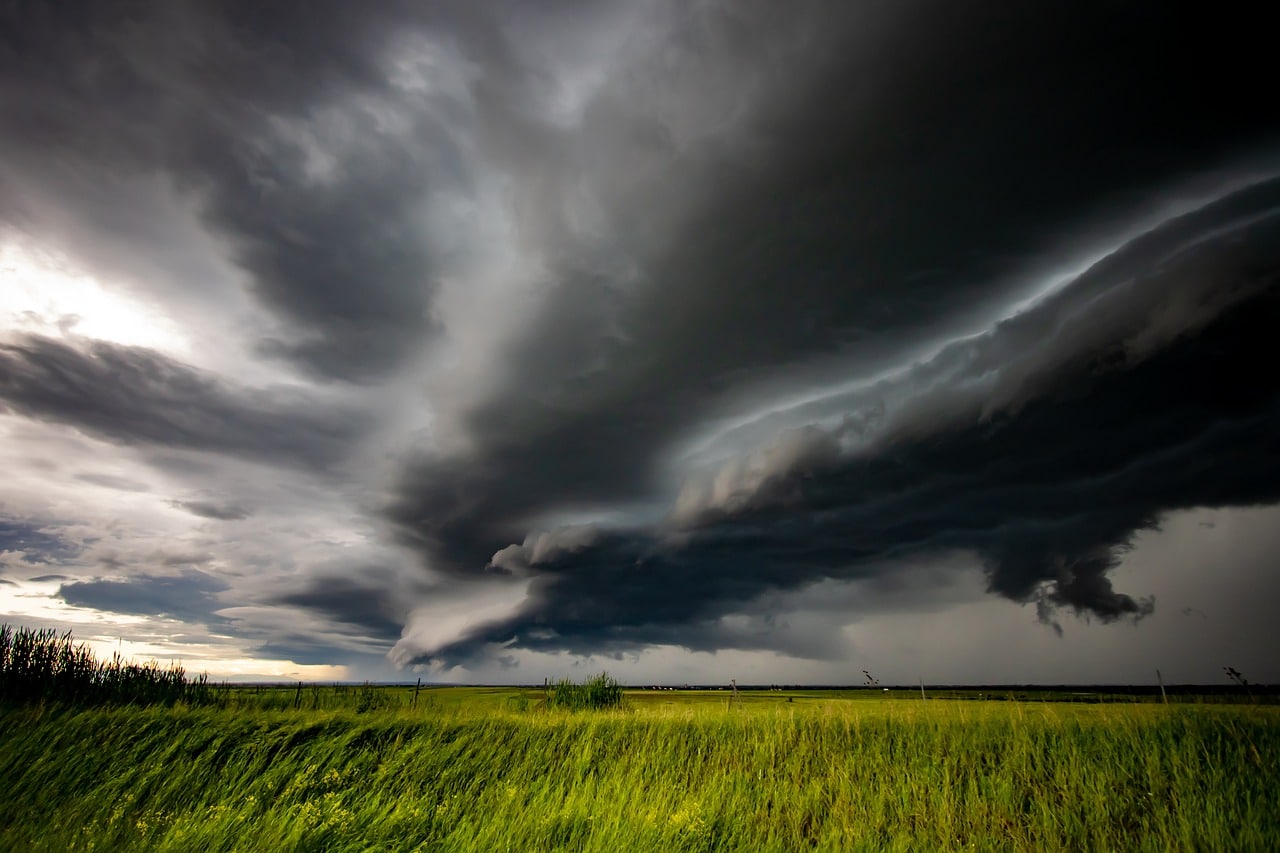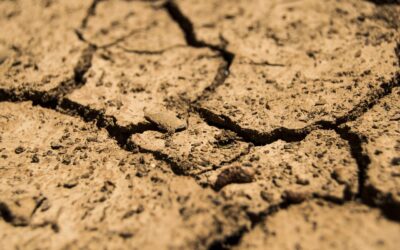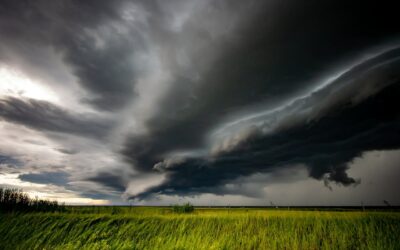Technology has evolved to a point where extremely localized weather forecasts are available.
Years ago, weather forecasts covered wide swatches of land, meaning they weren’t always the most reliable. As technology advanced, so has the tools available to create weather forecasts, leading to increased precision and detail in predictions. This can assist in growing a crop by making problems of the past no longer an issue such as when to apply products such as fungicides to your crops.
“As we work toward improving our weather accuracy, those sorts of problems are going to be minimized. At the same time, we need combine forecasts with the label requirements for pesticides. For example, we need to consider the predicted winds, relative humidity, rain and temperatures when we create our daily or weekly work plans,” David Clay, distinguished professor of soil science at South Dakota State University, said during the Nov. 29 episode of Seed Speaks.
Weather forecasts haven’t been perfected just yet, but you can still use them along with historical information to make agronomic decisions on your farm. Chris Manchur, agronomy specialist for eastern Manitoba with the Canola Council of Canada, pointed out during the episode that you should consider variables such as soil temperature, moisture and humidity along with weather forecast information when making application choices.
“There’s a lot of different factors that actually play into this role into making a fungicide decision that extends past what that precipitation amount was at a particular time. I really encourage everyone to actually take a look at the progress of the weather patterns that’s happening even in a two- or three-week period,” Manchur added.
The actual weather forecast should also be considered when making agronomic decisions. Both the short term forecast and recent weather events should be taken into account.
“Look at the short term — within the day of the decision of whatever application or treatment is going to be made, but also what has happened in the past month, to the week, two to three weeks past and what it’s going to look like in 10 days,” Wade Kent, senior principal digital agronomist for Nutrien, explained during Seed Speaks.
You should also always identify what you want to accomplish also when making agronomic decisions in order to pinpoint how weather may impact that goal. Clay explained that applying fertilizers is different than herbicide weed control. Herbicides are most effective when applied somewhere between the temperatures of 65 F and 85 F. However, fertilizers should be applied when it’s cooler outside.
“If we’re trying to be efficient and minimize our impact on the environment, the climate information is really, really important. And that’s probably going to be one of the first steps when I start thinking about how we do different sorts of activities that are going to optimize productivity and minimize the impact on the environment,” Clay said.
There are still a ways to go on weather forecasting. Technology is advancing to a point where we may be able to receive accurate forecasts as far as 21 days out, an improvement of a week on the current 14 days long range forecast.
Weather forecasts are “not always right, but they’re becoming more right. And with the advancements in AI and machine learning, you’re going to see weather become more accurate. Resolution is getting greater the technology is improving in that aspect as well,” Kent said.
Related Articles
Getting Real Time Weather Reports with Social Media





